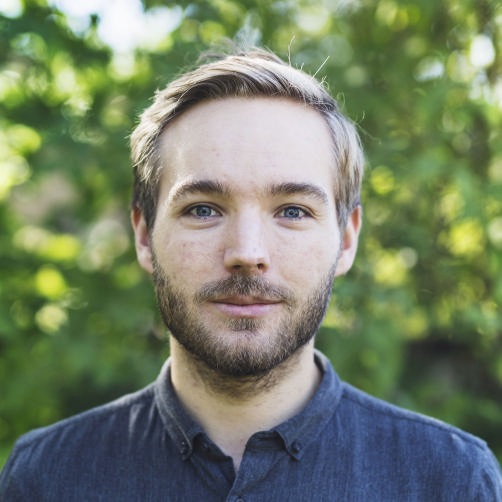Integration of 2D-materials
ULISSES project played a big role in the discovering of a new technique for integrating 2D materials into semiconductors, a revolutionary technique, with huge potential for providing devices with much smaller size and extended functionalities with respect to what can be achieved with today’s silicon technologies.
An article featuring ULISSES researchers , Arne Quellmalz (KTH), Maximilian Prechtl, Georg Duesberg (UNIBW), Max Lemme (AMO), Kristinn Gylfason, and Franz Niklaus (KTH) has been published on Nature Communications.
European funding played a big role in this breakthrough as the publication also stems from the Graphene Flagship’s 2D Experimental Pilot Line (2D-EPL), a €20 million project launched by the European Commission in October 2020, with the aim of bridging the gap between lab-scale manufacturing and large volume production of electronic devices based on two-dimensional materials
An article featuring ULISSES researchers , Arne Quellmalz (KTH), Maximilian Prechtl, Georg Duesberg (UNIBW), Max Lemme (AMO), Kristinn Gylfason, and Franz Niklaus (KTH) has been published on Nature Communications.
European funding played a big role in this breakthrough as the publication also stems from the Graphene Flagship’s 2D Experimental Pilot Line (2D-EPL), a €20 million project launched by the European Commission in October 2020, with the aim of bridging the gap between lab-scale manufacturing and large volume production of electronic devices based on two-dimensional materials

Arne Quellmalz, lead author of the paper and ULISSES researcher with KTH
“We basically glue the two wafers together with a resin made of BCB,” explains Quellmalz. “We heat the resin, until it becomes viscous, like honey, and press the 2D material against it.” At room temperature, the resin becomes solid and forms a stable connection between the 2D material and the wafer, he says. “To stack materials, we repeat the steps of heating and pressing. The resin becomes viscous again and behaves like a cushion, or a waterbed, which supports the layer stack and adapts to the surface of the new 2D material.” (source: KTH press release)
Full reference:
More information:
- Large-area integration of two-dimensional materials and their heterostructures by wafer bonding", A. Quellmalz, X. Wang, S. Sawallich, B. Uzlu, M. Otto, S. Wagner, Z. Wang, M. Prechtl, O. Hartwig, S. Luo, G. S. Duesberg, M. C. Lemme, K. B. Gylfason, N. Roxhed, G. Stemme, and F. Niklaus, Nature Communications 12, 917 (2021).
- DOI: 10.1038/s41467-021-21136-0
More information:
All research highlights
Efficient time-adaptive Expectation Maximization (EM) algorithm for HMM tracking
Networked data-driven self-calibration routines
Platinum diselenide (PtSe2): a novel 2D material with very promising properties for applications in electronics and sensing
A clever way of protecting graphene
Hybrid Devices by Selective and Conformal Deposition of PtSe2 at Low Temperatures
2D PtSe2 waveguide-integrated IR photodetectors
Integration of 2D-materials
First results from high density outdoor air quality mapping